Penang

Penang Overview
Penang (Pulau Pinang) is Malaysia’s cultural mosaic — an island state off the northwest coast known for its historic George Town cityscape, vibrant street-food culture, multicultural architecture and beach resort strip at Batu Ferringhi. It’s an ideal stop for food-focused travelers, heritage photographers, families and island explorers looking for an accessible mix of urban culture and seaside relaxation.
Quick Facts (At-a-glance)
| Item | Detail |
|---|---|
| Island name | Penang (Pulau Pinang) |
| Main city | George Town (Penang UNESCO World Heritage core) |
| Nearest airport | Penang International Airport (PEN) |
| Typical transfer time airport → George Town | 20–60 minutes depending on transport & traffic. |
| Best months for fair weather | May–September (generally drier windows) — expect short tropical showers year-round. |
The Journey to Penang — How to reach the island
- By air: Fly into Penang International Airport (PEN). From the airport you can take a taxi/Grab (typically 20–40 minutes), an airport shuttle or Rapid Penang bus (about 45–60 minutes). Taxis and ride-hailing are convenient for luggage and door-to-door drop-offs.
- By road (mainland → island): Penang Island connects to the mainland (Seberang Perai) via two main bridges. Driving or bus transfers from Kuala Lumpur or Ipoh are common for budget travelers.
- By ferry: The Butterworth ↔ George Town passenger ferry is a classic, budget-friendly option that runs frequently (early morning → late night; services every ~20–30 minutes during peak times). Ticket fares are low for pedestrians; vehicles have separate ferry options.
Tips
- Use ride-hailing apps for meters-free fixed fares during peak hours.
- If you arrive by ferry, enjoy a short stroll from the terminal into George Town for murals and hawker centres.
Things to Do in Penang (Top activities & attractions)
- Explore George Town heritage trails — street art, restored shophouses, clan houses and colonial architecture (ideal for cultural photography and walking tours).
- Food walking tours / hawker hunting — nasi kandar, char kway teow, assam laksa, chendol and Peranakan/Straits cuisine tastings.
- Penang Hill & Kek Lok Si Temple — hilltop views, funicular rides and an important Buddhist complex.
- Batu Ferringhi — beach, evening night market, and watersports (parasailing, jet-skiing, banana boats).
- Nature and family parks — Tropical Spice Garden, Penang National Park (hiking to secluded beaches), Entopia (butterfly & insect sanctuary).
- Adventure & theme — ESCAPE Adventureplay (zipline and slides), tropical canopy walks and cycling tours.
- Museums & heritage houses — Cheong Fatt Tze Mansion (Blue Mansion), Pinang Peranakan Mansion, street museums and craft workshops.
Penang Geography — islands & key features
Penang State comprises Penang Island (Pulau Pinang) and a portion of the mainland (Seberang Perai).
- Penang Island (main) — northeast coast houses George Town, central urban neighborhoods and the popular northern beaches (Batu Ferringhi, Tanjung Bungah). The island’s interior includes Penang Hill and pockets of hill rainforest and protected green spaces.
- Seberang Perai (mainland) — industrial, suburban and transport hub connected by bridges/ferry to the island.
Differences
- Island = heritage, tourism, beaches.
- Mainland = budget accommodation clusters, industrial centers and local commuter life.
Beaches in Penang — Must-visit and what to expect
- Batu Ferringhi — the island’s best-known beach strip; white-sand shoreline, lively water-sports operators and an evening night market with street-food stalls. Ideal for sunset views and family water activities.
- Tanjung Bungah — quieter than Batu Ferringhi, with beachside cafés and good sunset panoramas.
- Teluk Bahang — near the national park; more rustic and quieter, gateway for park trails.
- Monkey Beach (in Penang National Park) — accessible by short boat ride or forest hike; good for light snorkeling and wildlife spotting.
Stay on Penang — Accommodation tips
- George Town (heritage stay): Boutique hotels, restored guesthouses and heritage homestays near Armenian Street and Beach Street — great for food and walking tours.
- Batu Ferringhi (beach resort stay): Family-friendly resorts, mid-range hotels and beachfront chalets — best for sea activities and poolside relaxation.
- Tanjung Bungah & Gurney Drive (upmarket & serviced apartments): Good for city comfort with sea views and easy dining options.
- Budget & guesthouses: Backpacker zones and guesthouses available near the ferry terminal and in northeastern George Town.
Booking tips
- Book heritage boutique hotels well ahead for weekends and festivals.
- If you prefer quieter mornings, choose Tanjung Bungah or Gurney rather than Batu Ferringhi.
MyTrip Recommended Stay
Overview: A historic, colonial-era icon on George Town’s seafront that blends period charm with modern comfort — excellent base for heritage walking routes.
Room types: Classic seafront rooms, suites, heritage doubles.
Facilities & perks: Seaview promenade, fine dining options, concierge for local tours, elegant colonial public areas, spa services and easy walking access to museums and street food.
Food & Dining in Penang
Where to Eat — Popular food spots & neighborhoods
- Armenian Street / Chulia Street — street-side hawker stalls, late-night eats and famous noodle vendors.
- New Lane / Lorong Baru — evening hawker area for local favourites.
- Little India (Penang Road / Lebuh Chulia) — Indian sweets, banana leaf meals and curries.
- Gurney Drive Hawker Centre — a popular seaside hawker centre with many classic Penang dishes.
What to Try —
- Assam Laksa — tangy fish-based noodle soup (Penang specialty).
- Char Kway Teow — wok-fried flat rice noodles with prawns and Chinese sausage.
- Nasi Kandar — rice with a variety of curries and side dishes.
- Penang Rojak & Pasembur — mixed fruit/vegetable salads with spicy peanut sauce.
- Cendol / Teochew chendul — shaved ice dessert with pandan jelly and palm sugar.
Tips for Tourists — Packing, safety & local customs
- Packing: Lightweight breathable clothing, good walking shoes, sun protection, rain jacket (short tropical showers common).
- Safety: Penang is generally safe — take usual precautions for petty theft in busy markets. Keep cash for hawker stalls.
- Local customs: Remove shoes when entering temples; modest dress in religious sites; polite greetings and patience during prayer times.
- Connectivity: Buy a local SIM or use eSIM for maps and ride-hailing; Wi-Fi widely available in hotels and cafés.
How to Get There — Step-by-step (nearest airports / cities / transfers / costs)
- Fly to Penang International Airport (PEN) — located ~18 km from George Town; taxi/Grab fares to central George Town typically range depending on time and luggage (approx RM 35–60). Bus/rapid options are much cheaper (a few RM) but slower.
- From Kuala Lumpur — drive (4–5 hours), take a long-distance coach (budget-friendly), or fly (~1 hour).
- From the mainland (Butterworth) — take the public ferry to George Town (frequent departures) or drive across the Penang bridges.
Boat Schedule / Tickets / Fares (overview & tips)
- Butterworth ↔ George Town ferry: Regular services from early morning to late night; frequencies typically every 20–30 minutes with extra peak-hour runs. Pedestrian single fares are very low (example adult fares historically around RM2.00 — check current local timetables on official sources before travel).
- Boat to Monkey Beach / National Park: Small tourist boats depart from Teluk Bahang or park boat jetties; prices vary by operator and party size — bargain for return trips and confirm safety/lifejackets.
Booking tips - For popular attractions (Penang Hill funicular, night markets, guided food tours), reserve online when possible for busy travel seasons.
Best Time to Visit
- Peak travel months: December–February (holidays) and local school holidays — expect higher hotel rates.
- Best weather window: May–September often offer more stable weather for outdoor activities; however Penang has a tropical climate and short rains can occur anytime. Plan indoor alternatives for rainy afternoons.
Interesting Facts about Penang
- George Town’s core has been designated a World Heritage area for its exceptional multicultural townscape and historical architecture.
- Penang’s street food culture is recognized internationally and continues to evolve with fusion fine-dining and revived local chefs.
- The Butterworth–George Town ferry is one of the most enduring and affordable short ferry services in the area, used by commuters and tourists alike.
Travel Tips — Budgeting, tours & island exploration
- Budget: Street food and local buses keep daily costs low; mid-range hotels and tours add to costs.
- Tours: Book a heritage walking tour and a food tour on different days — they often cover different neighborhoods and stories.
- Transport on island: Buses (Rapid Penang) serve most tourist routes; ride-hailing is convenient for late nights or group trips.
- Day trips from Penang: Island hopping is limited (Penang is itself an island), but you can day-trip to nearby mainland towns for local experiences.
Penang State News
Kidland Penang
Experience Kidland Penang, an indoor edutainment park in George Town where kids can role-play real-life jobs like firefighter, chef, and doctor. Located at Prangin Mall, open daily from 10 AM – 10 PM.
The Top Penang – Pulau Pinang’s Premier Edutainment Destination
Explore The Top Penang in Komtar Tower – home to the thrilling Rainbow Skywalk, science exhibits, boutique zoo, and stunning views. A must-visit attraction in Pulau Pinang for all ages!
Top 20 Michelin-Approved Street Food Spots in George Town, Penang
Taste Penang’s best Michelin-approved street food — 20 authentic hawker stalls in George Town serving legendary flavours at affordable prices.
Durian
Discover Malaysia’s Durian – the King of Fruits. Learn its varieties, aroma, taste, cultural roots, health benefits, and why it defines Malaysian identity.
Hai Hin Jetty
Discover Hai Hin Jetty in Penang! Explore its charm, nearby attractions, facilities, ticket info, transport routes, and travel tips in this 2025 guide.
Hameediyah Restaurant, Penang – Malaysia’s Oldest Nasi Kandar (Est. 1907)
Explore Hameediyah Restaurant in Penang – Malaysia’s oldest nasi kandar since 1907. Discover timeless flavours like ayam bawang, murtabak, and rich heritage dishes in George Town.
Fort Cornwallis
Explore Fort Cornwallis, Penang’s iconic 1786 colonial fortress showcasing Malaysia’s rich maritime heritage.
Discover Georgetown’s Waterfront Charm – A Complete Guide to Weld Quay & Inner Harbour Promenade Penang
Explore George Town’s iconic Weld Quay & Inner Harbour Promenade — a scenic blend of heritage, waterfront views, dining, and culture in Penang.
Top 10 Romantic Getaways in Malaysia
Planning a romantic trip? Explore the Top 10 Romantic Getaways in Malaysia—featuring beach escapes, mountain retreats, and luxurious island resorts perfect for couples.
Malaysia Super League 2025–26
Stay updated on the 2025–26 Malaysia Super League (Liga Super Malaysia) — the 22nd season of Malaysia’s top-tier football league.
Penang Clan Jetties – Explore George Town’s Iconic Waterfront Heritage
Discover Penang Clan Jetties in George Town — a living heritage waterfront of stilt houses, culture, and stunning views at Chew Jetty.
Queensbay Waterfront Penang – A Serene Seaside Escape in Bayan Lepas
Experience Queensbay Waterfront in Bayan Lepas, Penang – a scenic seaside promenade with sunset views, dining, and family activities by the bay.
Straits Quay Marina Mall Waterfront – Penang’s Stylish Seaside Destination in Tanjung Tokong
Visit Straits Quay Marina Mall in Tanjung Tokong, Penang — a scenic waterfront destination for dining, shopping, and relaxing by the marina.
The Esplanade (Padang Kota Lama / Fort Cornwallis) – A Timeless Waterfront Gem in George Town Penang
Discover Penang’s historic Esplanade at Padang Kota Lama — a scenic seafront with Fort Cornwallis, street food, and heritage charm in George Town.
Gurney Drive (Esplanade) George Town Penang
Explore Gurney Drive in George Town, Penang — a famous waterfront promenade for food, shopping, and seaside sunsets. A must-visit Penang attraction
Malaysia Super League 2025-26 Standings
Latest standings for the Malaysia Super League 2025-26 season: current ranking, points, goal difference and match record of all participating clubs after the most recent round.
Masjid Abdullah Fahim Kepala Batas- A Majestic Mosque Honouring a Great Islamic Scholar
Discover Masjid Abdullah Fahim in Kepala Batas, Penang — a stunning mosque built to honour Islamic scholar Sheikh Abdullah Fahim. Learn about its history, architecture, and cultural legacy in Malaysia.
Masjid Al-Malik Khalid Universiti Sains Malaysia (USM)
Visit Masjid Al-Malik Khalid at Universiti Sains Malaysia (USM) in Penang — a historic mosque built in 1973 blending Malay and Islamic architecture, serving as a center for prayer, education,…
Nasi Kandar Near Me
Discover the best Nasi Kandar restaurants near you – serving aromatic rice, flavorful curries, and authentic Malaysian spices. Find top-rated spots open now!
Masjid Kapitan Keling Penang- A Majestic Heritage Mosque in George Town
Discover Masjid Kapitan Keling in George Town, Penang — a historic 19th-century mosque known for its Mughal and Moorish architecture, rich cultural heritage, and significance within the UNESCO World Heritage…
Masjid Negeri Pulau Pinang- A Majestic Symbol of Modern Islamic Architecture in Penang
Discover Masjid Negeri Pulau Pinang, the grand state mosque in Air Itam, Penang. Explore its modernist architecture inspired by Oscar Niemeyer, rich history, and spiritual significance near George Town.
Masjid Terapung Tanjung Bungah Penang – Malaysia’s First Floating Mosque Over the Sea
Discover Masjid Terapung Tanjung Bungah, Penang’s iconic floating mosque built over the sea. Explore its Moorish architecture, seven-storey minaret, and stunning sea views between George Town and Batu Ferringhi.
Final Thoughts
Penang is an accessible island that packs UNESCO heritage streets, world-class hawker cuisine, beach resort comforts and easy nature escapes into one trip. Whether you crave sensory street-food experiences, colonial architecture for photographs, or a family-friendly beach holiday with watersports, Penang delivers a high-value, culturally rich island experience.
FAQ — Penang (Common traveler questions)
Q: Is Penang suitable for families?
A: Yes — family-friendly beaches (Batu Ferringhi), theme parks and easy food options make Penang great for multi-generation trips.
Q: Are there medical facilities on the island?
A: Yes — George Town hosts public and private hospitals and clinics; for serious conditions use major private hospitals which serve international patients.
Q: Can I do day trips around the island?
A: Absolutely — day itineraries typically include Penang Hill + Kek Lok Si, heritage trails in George Town, and an afternoon at Batu Ferringhi.
Q: How long should I stay to ‘see Penang properly’?
A: 3–5 days gives a good mix of heritage, food, beach and one nature day. A longer stay (7+ days) lets you explore more neighborhoods and relax.
Q: Are English and Malay widely spoken?
A: English is widely used in tourism, signage and restaurants; Malay and various Chinese dialects are common among locals.



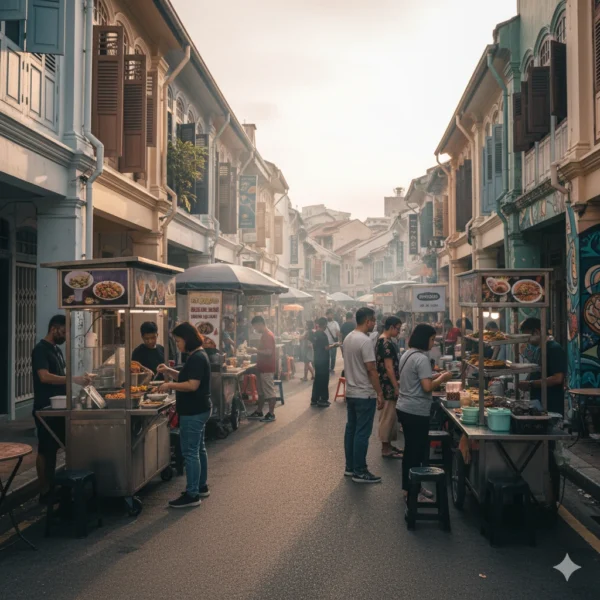
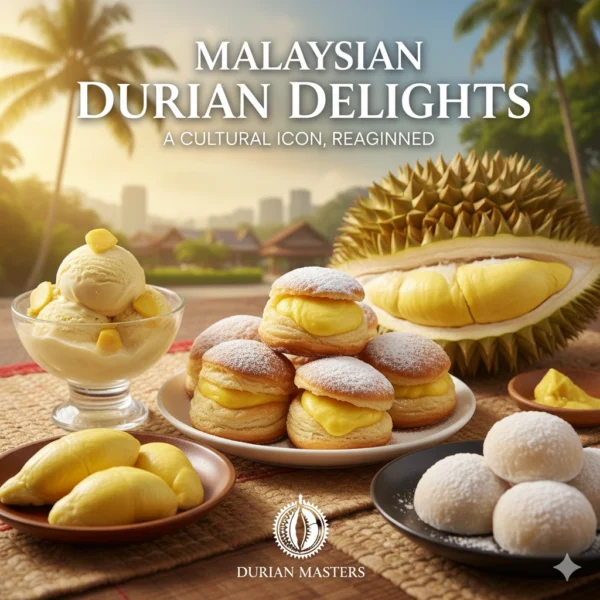
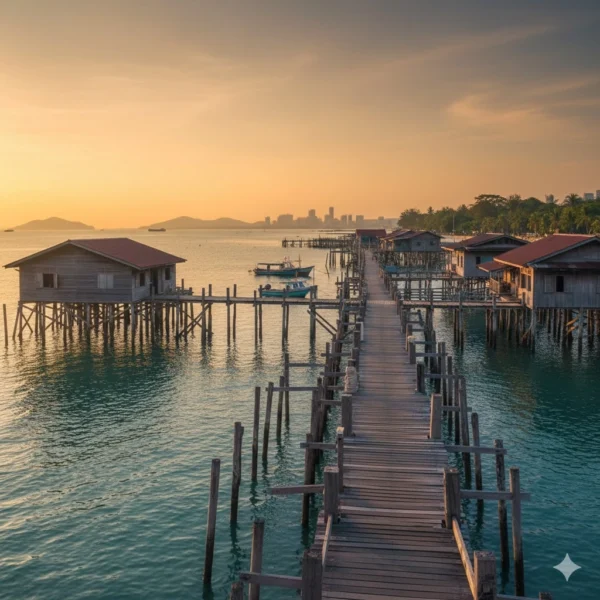
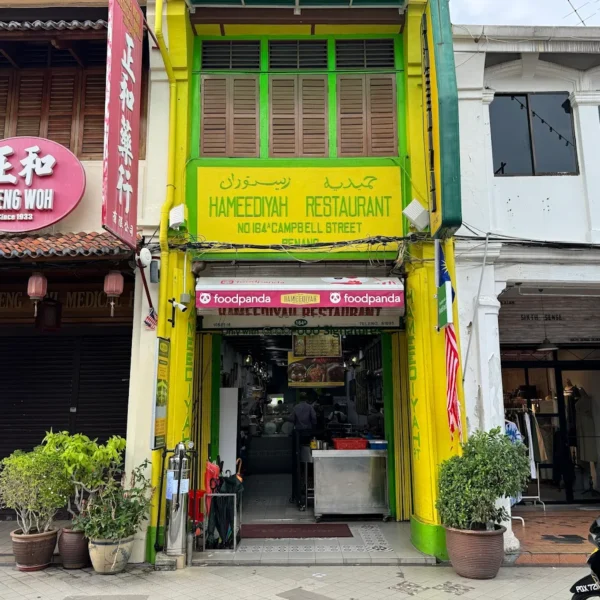
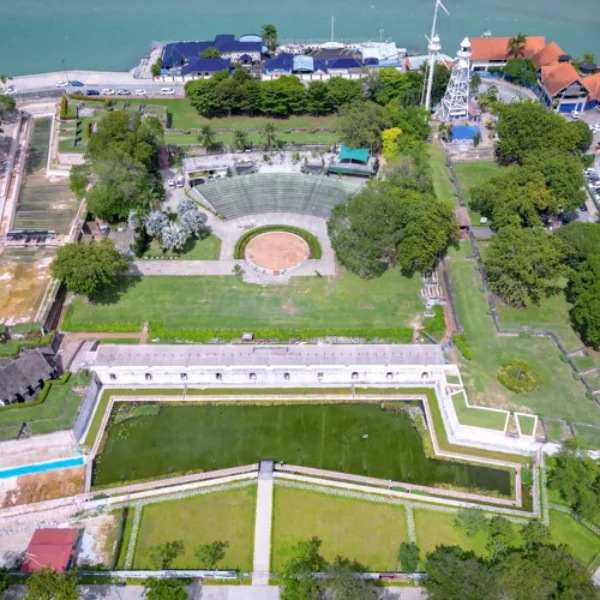
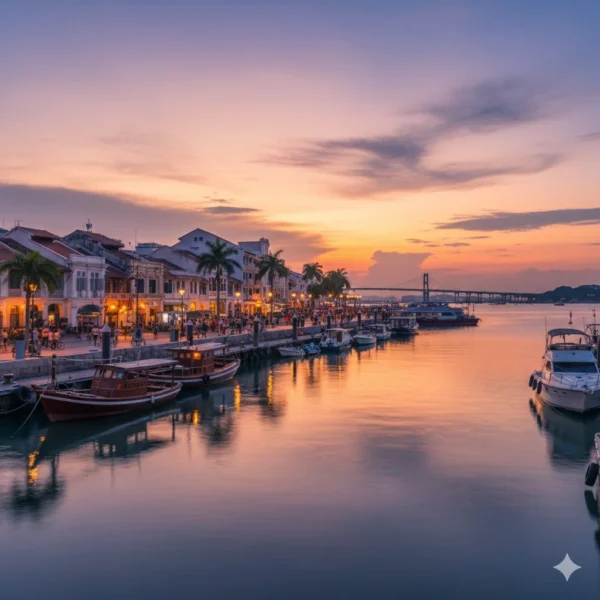


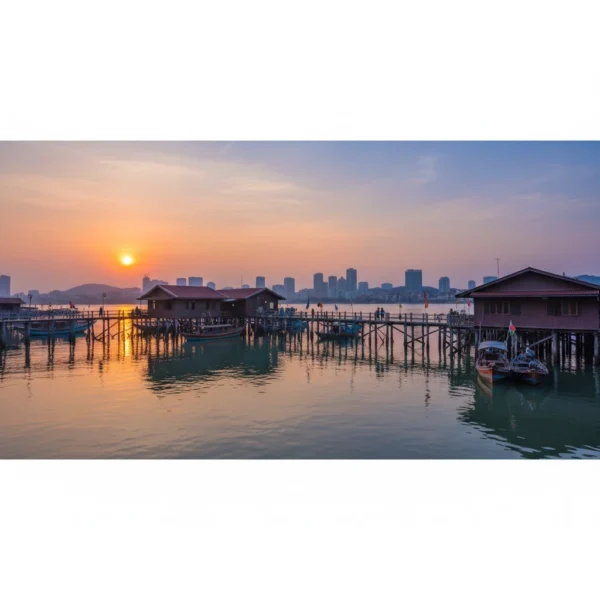
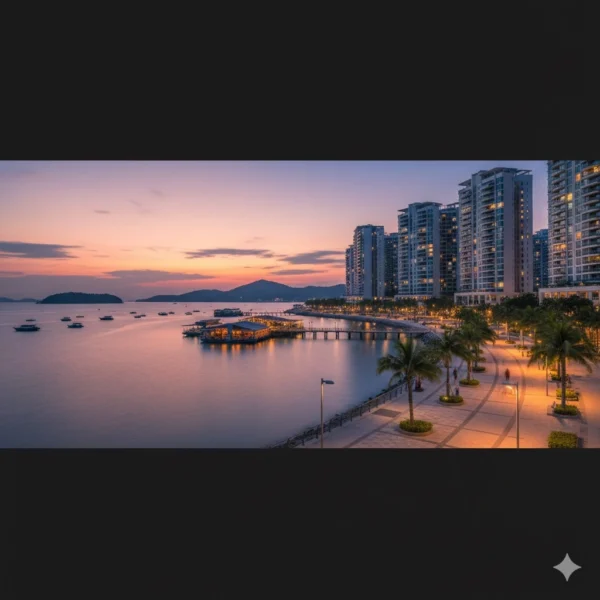


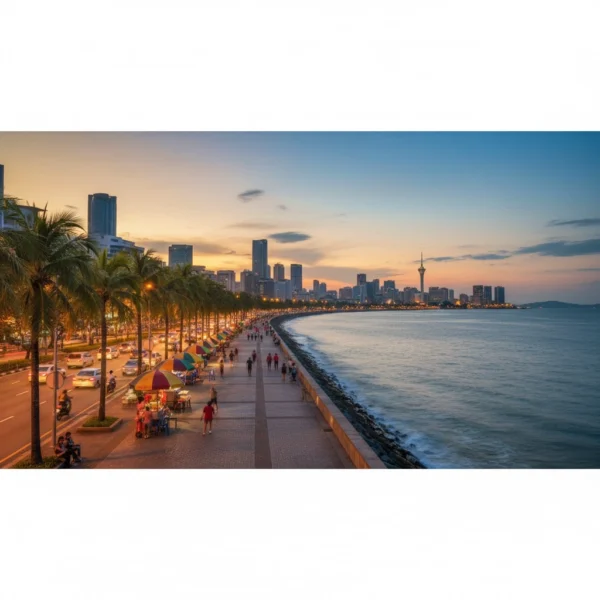
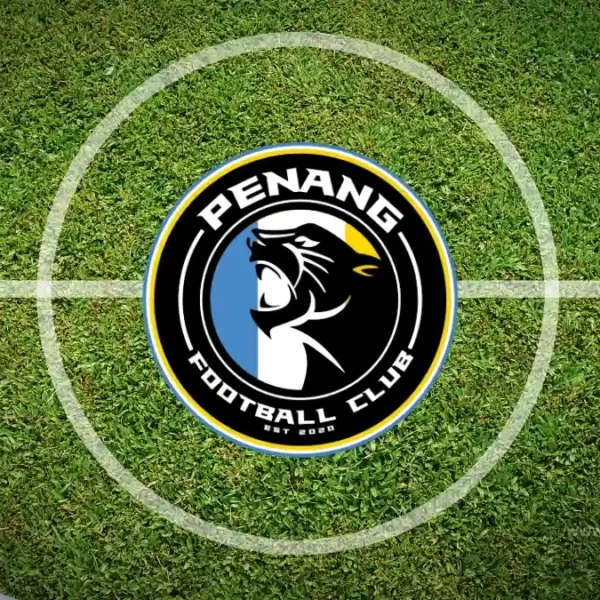


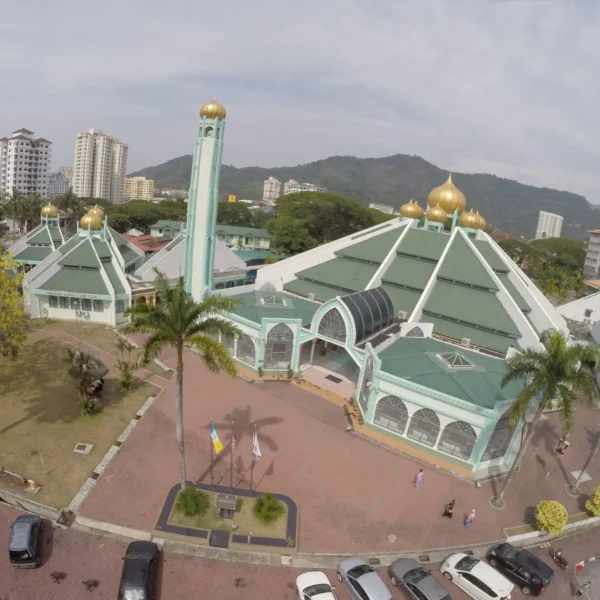
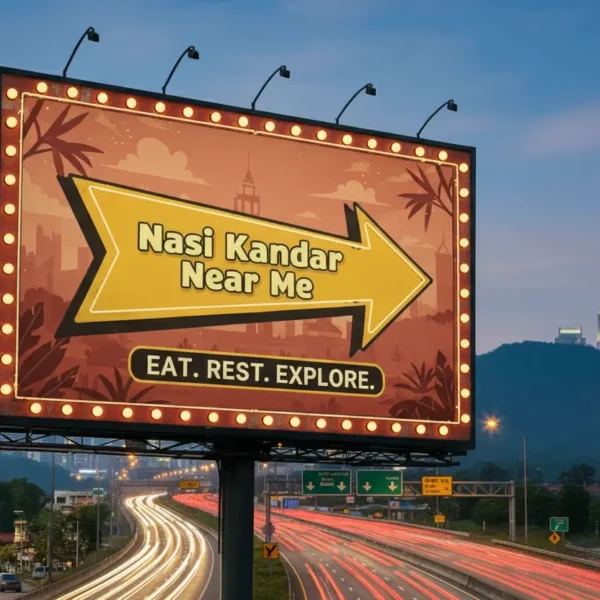


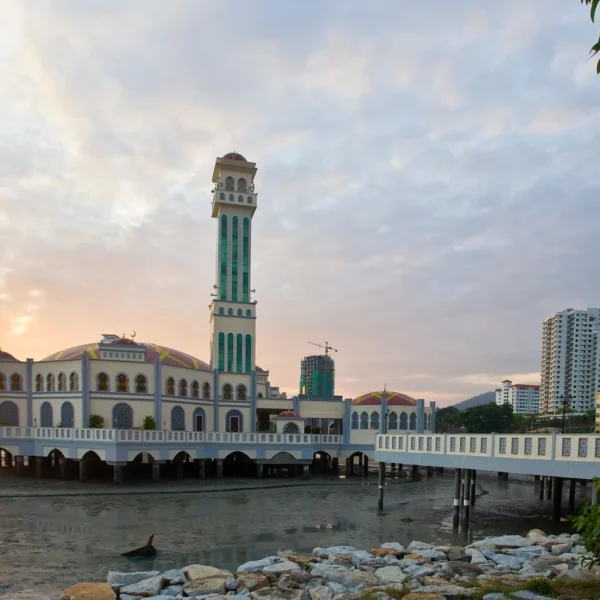

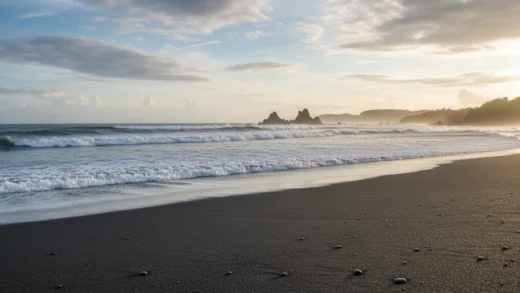


Comments are closed.